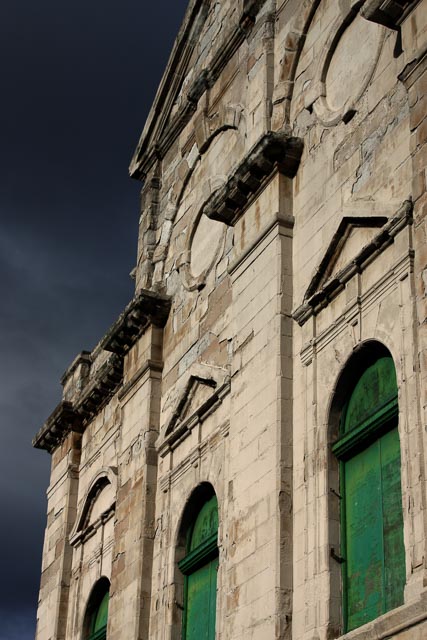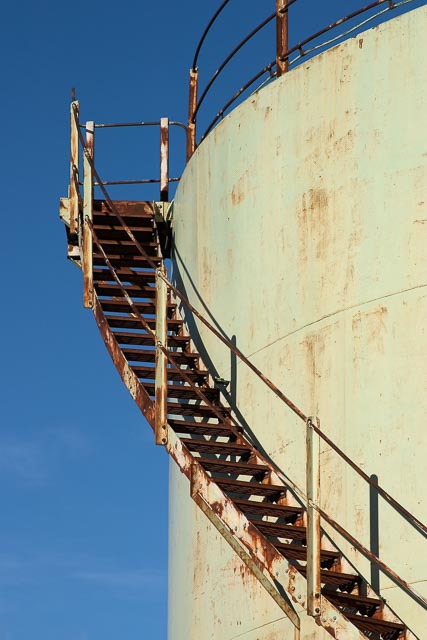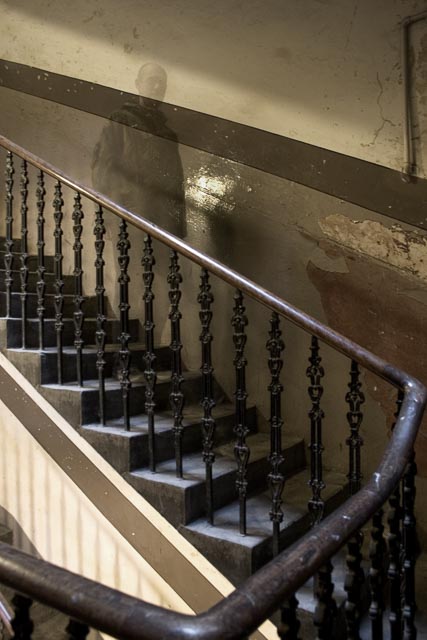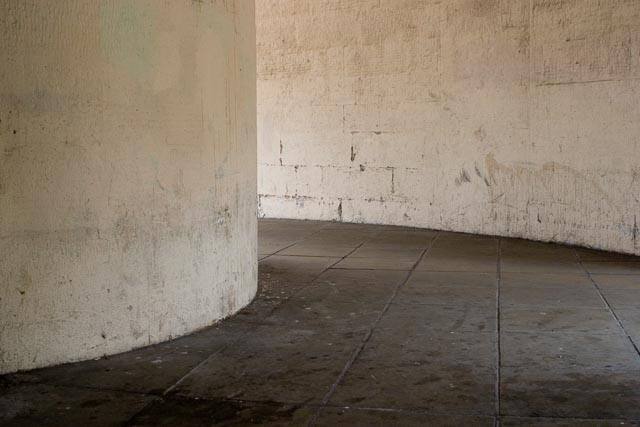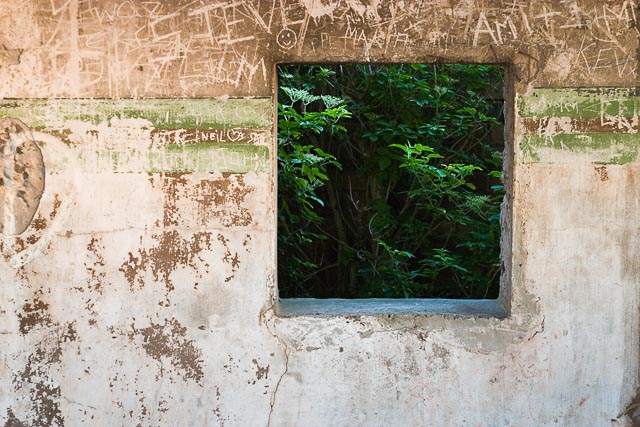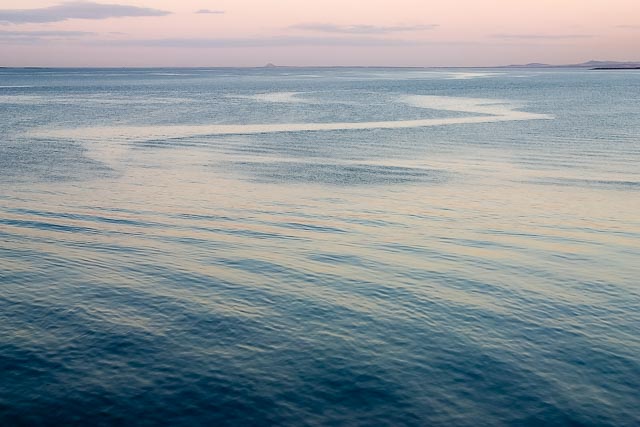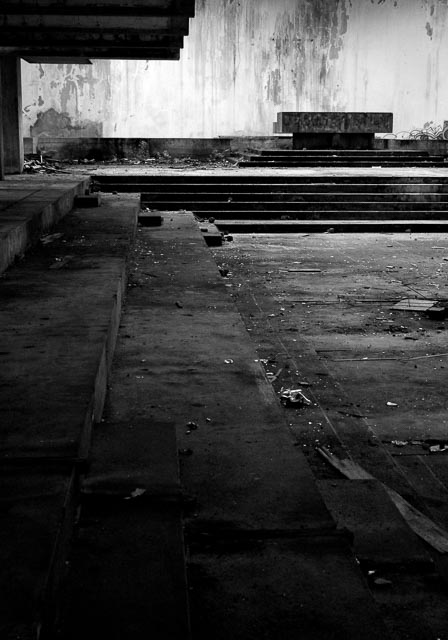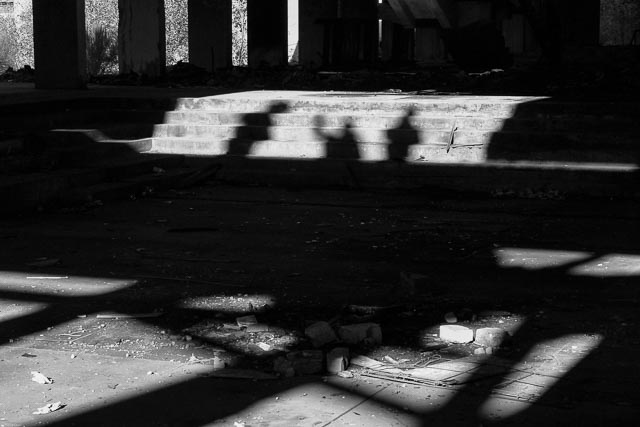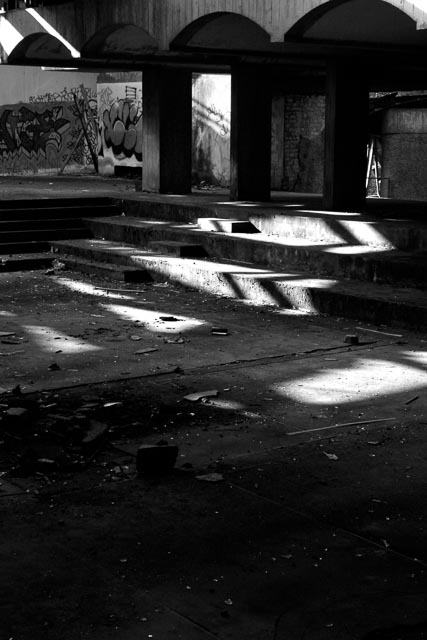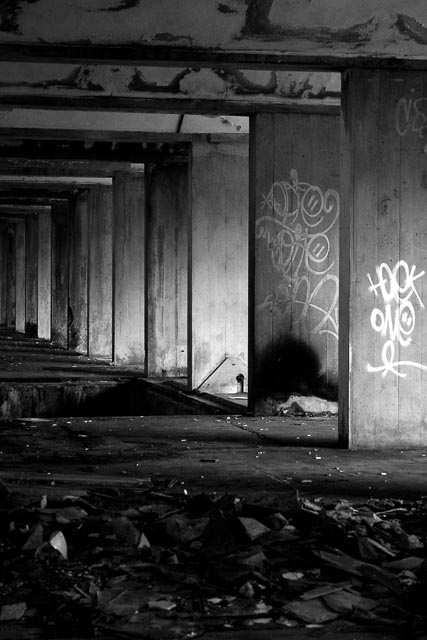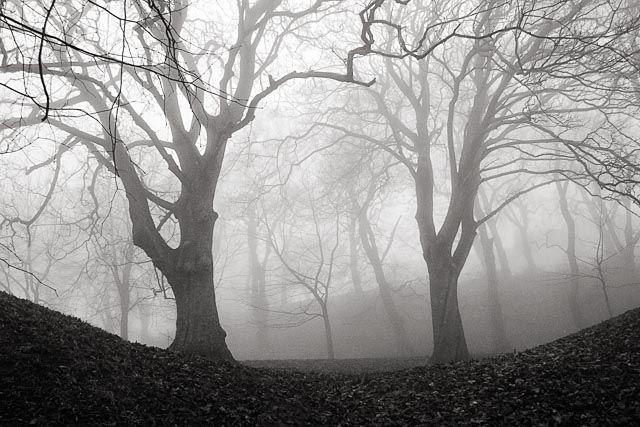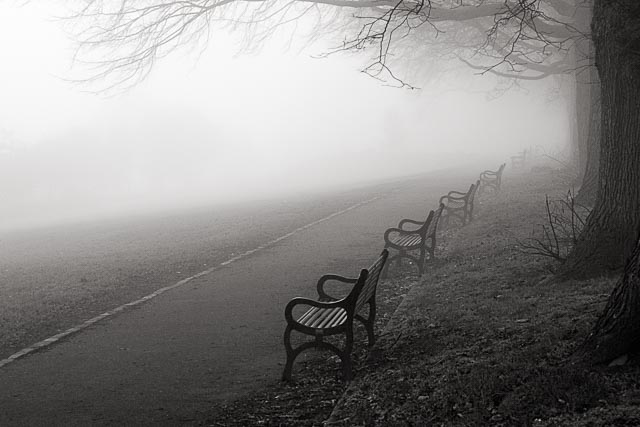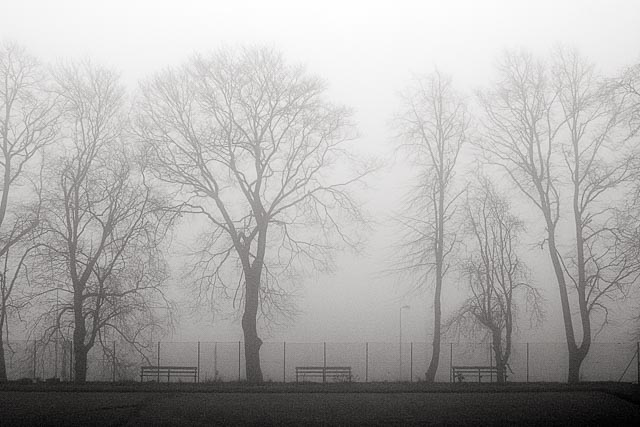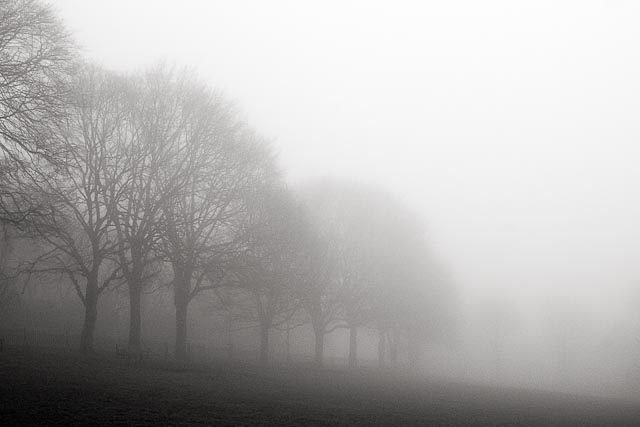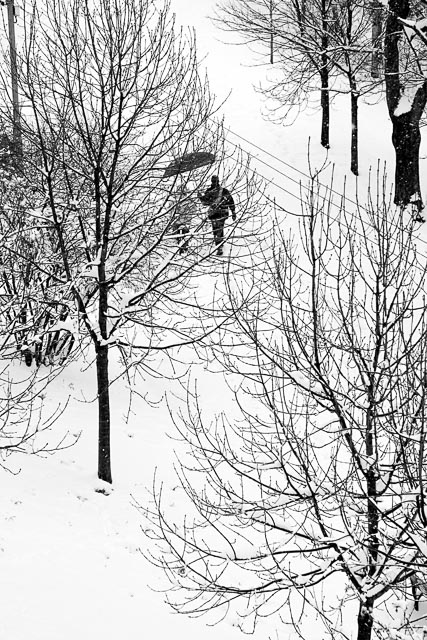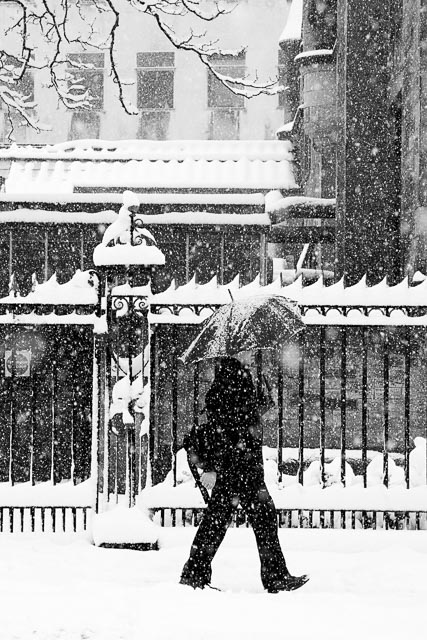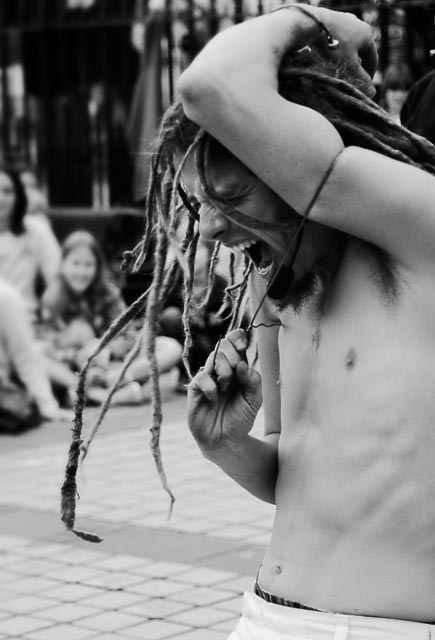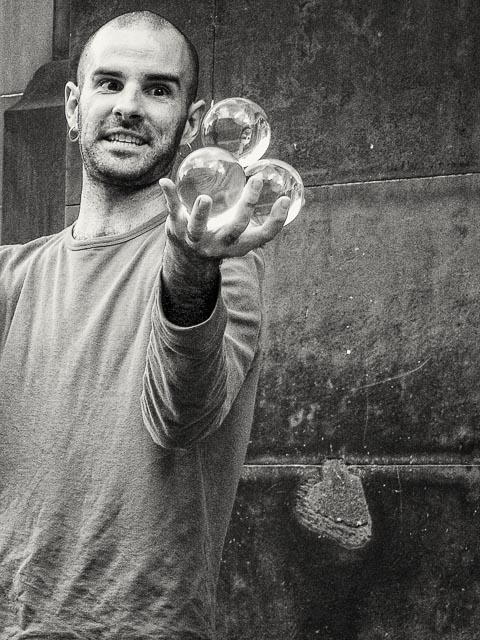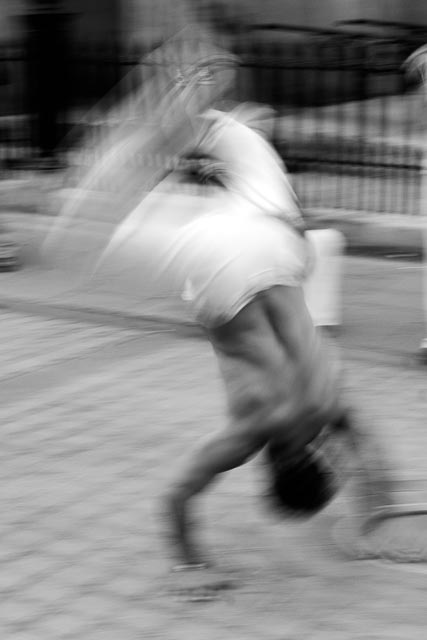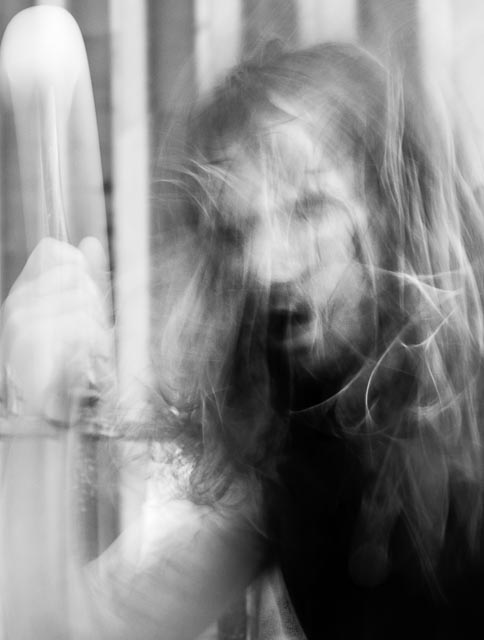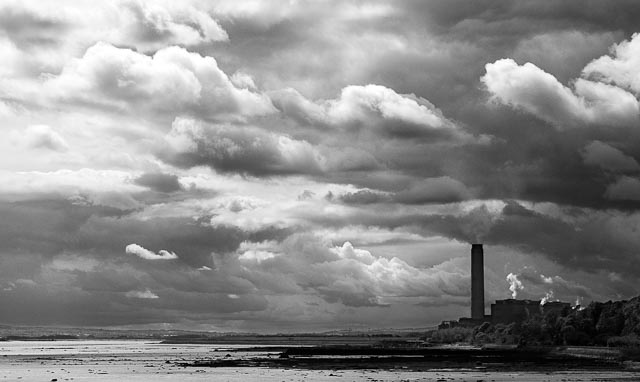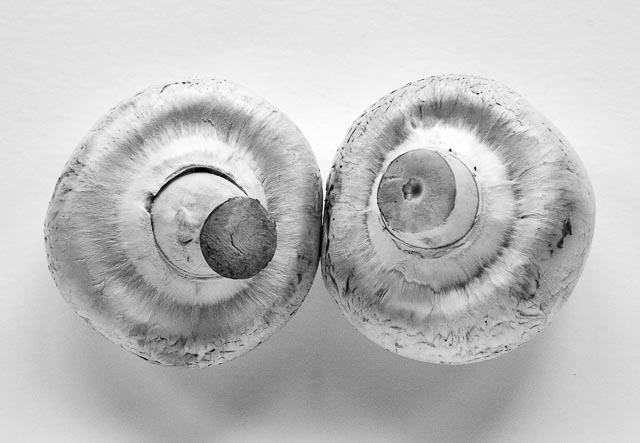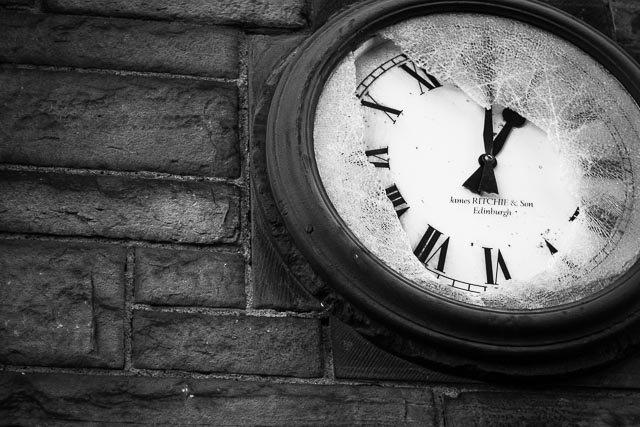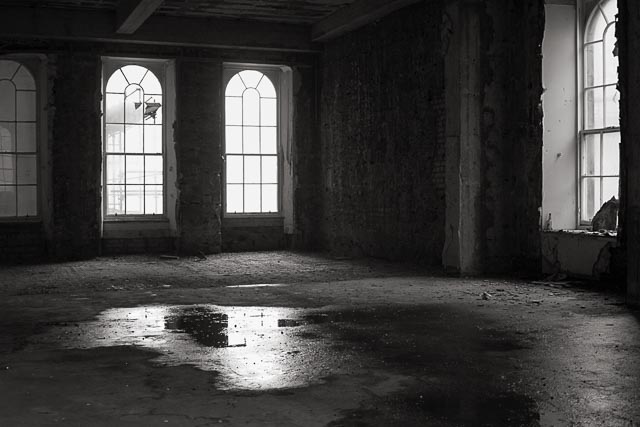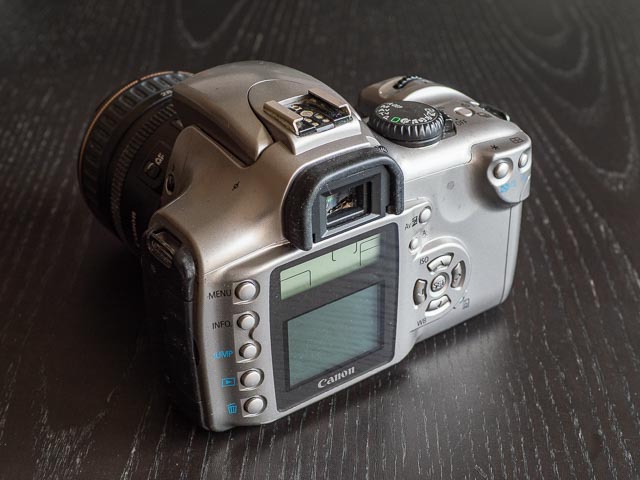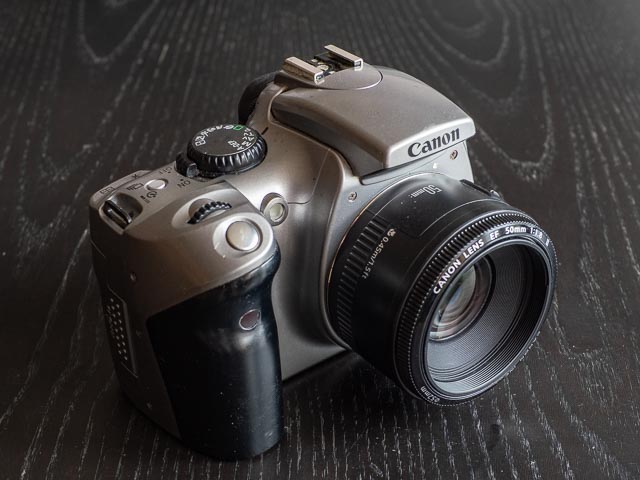Canon EOS 300D
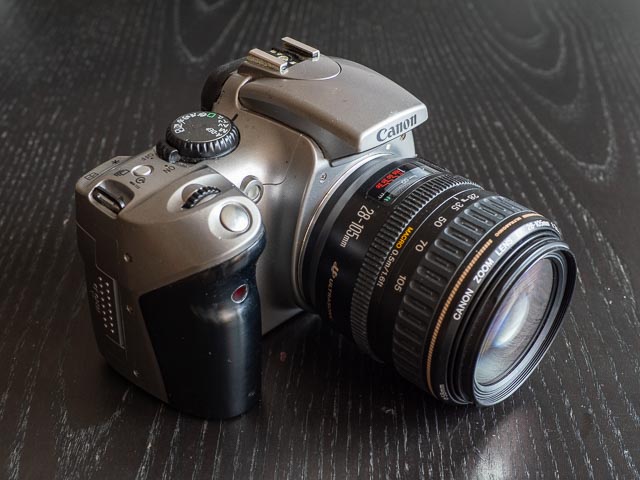
Introduction
| Launch date | September 2003 |
|---|---|
| Camera type | Digital SLR |
| Camera size | 645 grams 142 x 99 x 72 mm (inc. battery) |
| Sensor type | CMOS |
| Sensor size | APS-C (22.5 x 15.0mm) |
| Resolution | 3072 x 2048 (6.3 megapixels) |
| Memory card | Compact Flash (Type I or II) |
| Battery | BP-511 |
| Lens | Interchangeable - Canon EF |
| Full specification | See the Canon EOS 300D page in the Canon Camera Museum |
If you just want to see some photographs, skip straight to the results section.
I have some history with Canon… my last major film SLR was a Canon EOS 5, and my first ever DSLR was a Canon EOS 10D. The EOS 10D was the last Canon APS-C DSLR before the introduction of the EF-S lens mount for lenses specifically designed for APS-C sensors, so in order to get any kind of wide-angle capability I had to get a Sigma 17-35mm f/2.8-4 ultra wide-angle lens to get go with it, which wasn't cheap. The camera and lens together came to almost £2000, a lot of money back in 2003! In fact, adjusted for inflation that's about £3500 in 2025 money. The minute I got it home I realised I'd over stretched myself, so the very next day it went back to the shop  . But barely 2 months later Canon launched this camera, the Canon EOS 300D (A.K.A. the EOS Digital Rebel in the US and the EOS Digital Kiss in Asia), which cost about £1000 complete with their new 18-55mm kit zoom to provide almost the same wide-angle focal length as that big, heavy, ultra-wide zoom I'd bought to go with the 10D.
. But barely 2 months later Canon launched this camera, the Canon EOS 300D (A.K.A. the EOS Digital Rebel in the US and the EOS Digital Kiss in Asia), which cost about £1000 complete with their new 18-55mm kit zoom to provide almost the same wide-angle focal length as that big, heavy, ultra-wide zoom I'd bought to go with the 10D.
That was still a big stretch for me back then, but it was one I could just about manage without going to the debtors prison! And I wasn't the only one: the 300D played a important part in the history of digital photography as the first ever DSLR that could in any way be called affordable, and it gave many people their gateway into digital SLR photography. And the 300D was also an important milestone in Canon's history as their first camera with the EF-S lens mount for lenses specifically designed for APS-C cropped sensors proving amateur photographers with access to real wide-angle lenses for the first time.
The 300D might have been decidedly basic compared to the 10D but I totally loved it! I never had the space or the money to set up a decent darkroom, so for the first time in my life the 300D allowed me to take complete control of my entire photographic process, resulting in a dramatic resurgence in my interest in photography. So I've been meaning to add a Canon EOS 300D to my growing collection of vintage digital photographica for some time and finally, here it is!
Buying a Canon EOS 300D in 2025
Fortunately, if you want to add this camera to your gear cupboard it isn't going do too much damage to your bank account. I paid £28 (inc. P&P) for an example in very nice and fully functional (though certainly not mint) condition, complete with a 5 year guarantee from CeX. I decided to stick with the film-era EF lenses I still have for my EOS 5 (a 28-105mm zoom and 50mm nifty-fifty) as even a basic 18-55mm kit lens would have pushed the cost up to £70 or more. So no wide-angle photography with my 300D! But that's OK… sometimes it's nice to keep it simple.
Canon EOS 300D body tour
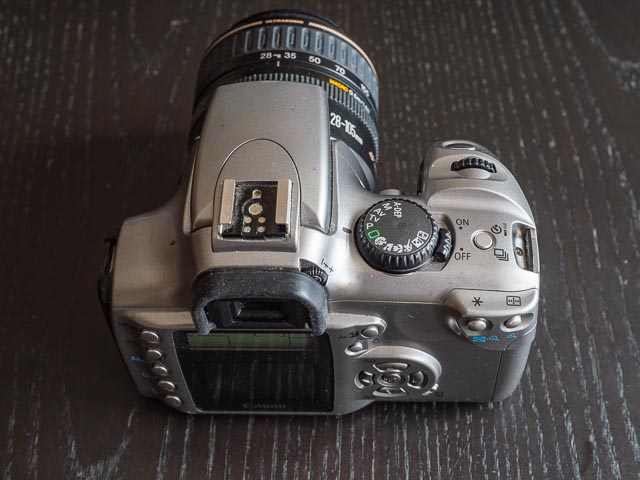 The 300D certainly has a much simpler control scheme then the more advanced 10D, though it has to be said that for the vast majority of normal photography the 300D provide all the controls that are really needed. So starting on the top plate, all the controls are to the right of the viewfinder. Just above the viewfinder you'll find a diopter adjustment to adjust it to your eye sight. (Fortunately for me this control had enough range to prevent me from needing to use my glasses!) Then we have a mode dial surrounded by the on/off switch and a drive mode button. And towards the front you'll find the shutter button and the command dial.
The 300D certainly has a much simpler control scheme then the more advanced 10D, though it has to be said that for the vast majority of normal photography the 300D provide all the controls that are really needed. So starting on the top plate, all the controls are to the right of the viewfinder. Just above the viewfinder you'll find a diopter adjustment to adjust it to your eye sight. (Fortunately for me this control had enough range to prevent me from needing to use my glasses!) Then we have a mode dial surrounded by the on/off switch and a drive mode button. And towards the front you'll find the shutter button and the command dial.
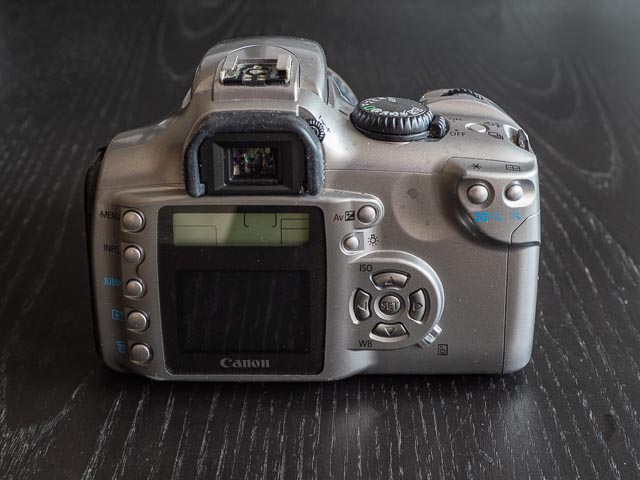 Moving to the back, there is the rear monitor (small by today's standards, but quite adequate) and above that something which Canon would never again to feature on a low end xxxD/Rebel/Kiss class camera; an LCD status panel. To the left of the monitor there is a column of buttons related to the rear monitor and playback functions: from top to bottom; Menu (for entering the menu system on the monitor), Info (for controlling how much information was displayed on the monitor), Jump (for moving to the next or previous images in conjunction with the left/right buttons on the 4 way controller), Playback (for entering playback mode) and Erase (for erasing images during playback mode). To the right of the monitor you will find the exposure compensation button and the LCD panel illumination button, and bellow that the 4 way controller, which is used for navigating menus, moving around images in magnified playback mode, etc. The up and down buttons also act as buttons for setting ISO button and white balance in conjunction. Next to the 4 way controller is the CF card access lamp which show when images are being written to the card. Finally, in the top right hand corner, nicely positioned for your thumb, are the AE lock buttons and the focus point selection button.
Moving to the back, there is the rear monitor (small by today's standards, but quite adequate) and above that something which Canon would never again to feature on a low end xxxD/Rebel/Kiss class camera; an LCD status panel. To the left of the monitor there is a column of buttons related to the rear monitor and playback functions: from top to bottom; Menu (for entering the menu system on the monitor), Info (for controlling how much information was displayed on the monitor), Jump (for moving to the next or previous images in conjunction with the left/right buttons on the 4 way controller), Playback (for entering playback mode) and Erase (for erasing images during playback mode). To the right of the monitor you will find the exposure compensation button and the LCD panel illumination button, and bellow that the 4 way controller, which is used for navigating menus, moving around images in magnified playback mode, etc. The up and down buttons also act as buttons for setting ISO button and white balance in conjunction. Next to the 4 way controller is the CF card access lamp which show when images are being written to the card. Finally, in the top right hand corner, nicely positioned for your thumb, are the AE lock buttons and the focus point selection button.
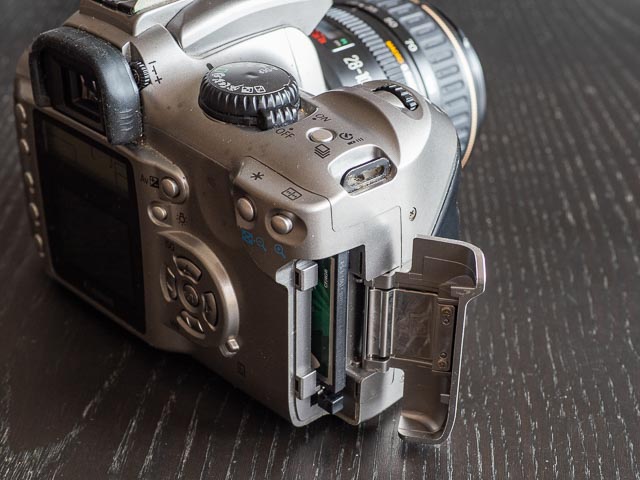 On the right hand right of the camera you will find the door for the CF memory card slot.
On the right hand right of the camera you will find the door for the CF memory card slot.
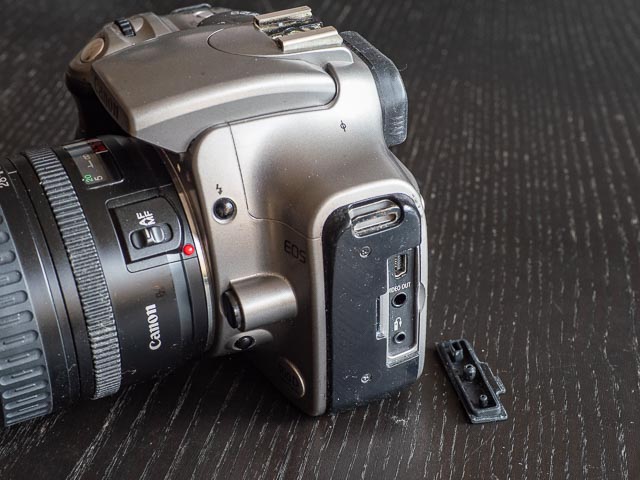 And on the left hand side of the camera you'll find controls, from top to bottom, for the built-in flash unit, releasing the lens, and for stopping the lens down to the taking aperture to preview depth of field. You'll also find a rubber cover for a micro USB digital terminal, video out, and an option wired remote control.
And on the left hand side of the camera you'll find controls, from top to bottom, for the built-in flash unit, releasing the lens, and for stopping the lens down to the taking aperture to preview depth of field. You'll also find a rubber cover for a micro USB digital terminal, video out, and an option wired remote control.
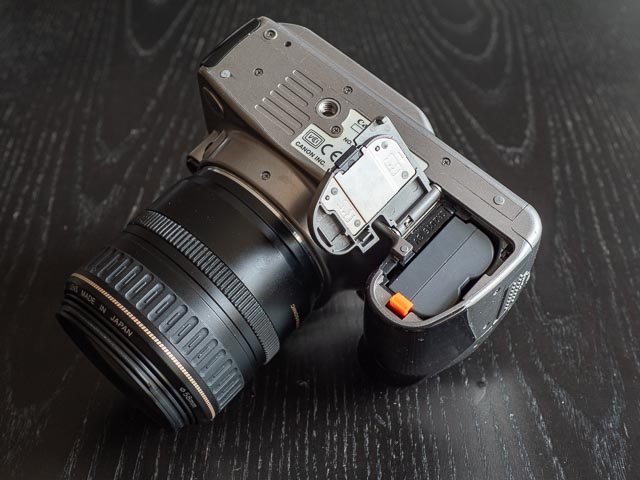
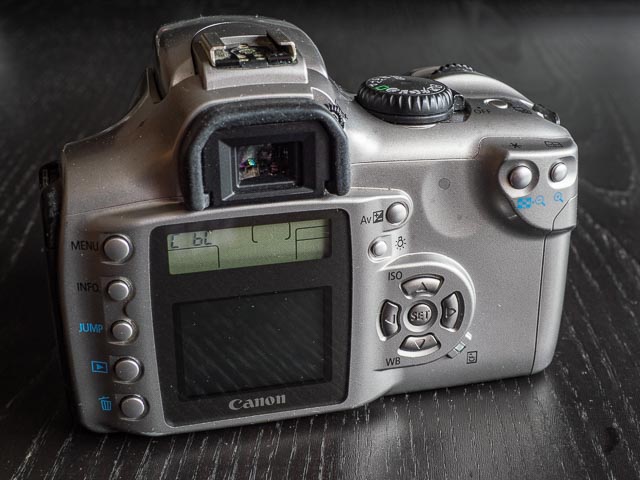 On the bottom of the camera you will find a well positioned tripod bush and the battery compartment which takes the same large BP-511 battery as the 10D. The battery compartment also provides access to a coin-type, user replaceable date/time battery. As a user of vintage digital cameras, I which all manufacturers did this! When you buy a vintage 300D, you may well see a C6C error code being displayed on the LCD panel. If you do, don't panic! This is just telling you that the date/time battery is exhausted. Just press the 'Set' button in the middle of the 4 way controller to proceed as usual, and then set the current date and time so you photos have the correct date/time stamp. At a later date you can easily replace the CR2016 date/time battery.
On the bottom of the camera you will find a well positioned tripod bush and the battery compartment which takes the same large BP-511 battery as the 10D. The battery compartment also provides access to a coin-type, user replaceable date/time battery. As a user of vintage digital cameras, I which all manufacturers did this! When you buy a vintage 300D, you may well see a C6C error code being displayed on the LCD panel. If you do, don't panic! This is just telling you that the date/time battery is exhausted. Just press the 'Set' button in the middle of the 4 way controller to proceed as usual, and then set the current date and time so you photos have the correct date/time stamp. At a later date you can easily replace the CR2016 date/time battery.
Using a Canon EOS 300D in 2025
The 300D employs a number of cost cutting measures compared to it's 10D big brother. Here are the most important ones:
| Canon EOS 10D | Canon EOS 300D |
|---|---|
| Textured black magnesium alloy body | Smooth, shiny dark silver/grey plastic body |
| Pentaprism viewfinder | Smaller, darker, pentamirror viewfinder |
| Two command dials (front and rear) | One command dial (the 300D lacks Canon's distinctive rear command dial) |
| Auto focus mode (i.e. one-shot, AI servo or AI focus) and metering mode (i.e. evaluative, partial or average) manually selectable by the user. | Auto focus mode and metering mode set for the user depending on exposure mode |
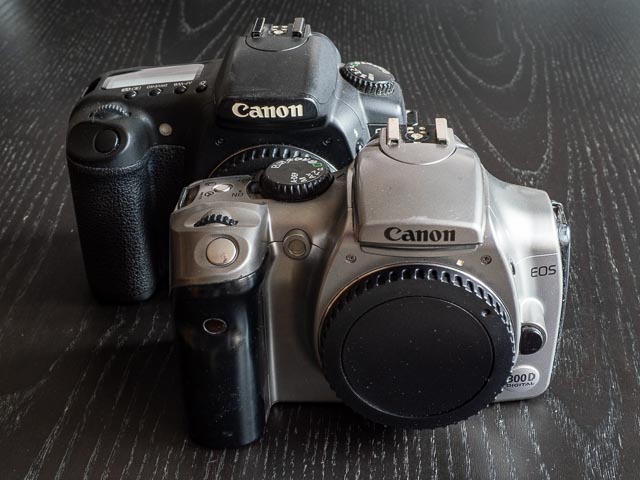 Here you can see the 300D next to my Canon EOS 20D which replaced the 10D very shortly after the 300D was launched. Despite the obviously cheaper construction of the 300D, it's still a surprisingly surprisingly hefty handful with a large, comfortable, handgrip. This is in part because the 300D uses the same large battery as the 10D, which helps give the 300D impressive battery life. (Later xxxD/Rebel/Kiss cameras uses a much smaller batter to reduce size, but also, unfortunately, reduce battery life.) But crucially, the 300D uses exactly the same sensor as the 10D, and so gave exactly the same image quality.
Here you can see the 300D next to my Canon EOS 20D which replaced the 10D very shortly after the 300D was launched. Despite the obviously cheaper construction of the 300D, it's still a surprisingly surprisingly hefty handful with a large, comfortable, handgrip. This is in part because the 300D uses the same large battery as the 10D, which helps give the 300D impressive battery life. (Later xxxD/Rebel/Kiss cameras uses a much smaller batter to reduce size, but also, unfortunately, reduce battery life.) But crucially, the 300D uses exactly the same sensor as the 10D, and so gave exactly the same image quality.
Going back to the 300D a long 19 years after I sold my first copy, I was surprised by how pleasant a companion it made. It's true that the shiny plastic construction does feel a bit cheap, but I rather like the unusual dark silver/grey colour, and control scheme does a very good job of simplifying the camera for the beginner, whiles still giving easy and clear access to all the most important manual settings for general day-to-day photography. I can certainly see how the speed of operation might frustrate during activities such as sports and wildlife photography, but for walk-around, snap-shot photography it works very well, even 22 years after it was launched. The only speed related issue that did leave me harrumphing a bit was the start-up time (even after the camera has just gone to sleep) of around 2-3 seconds. You do get used to modern cameras starting up almost instantly!
Canon EOS 300D results
2025
In a word (well, 2 words!), the results from the 300D are very nice. Because Canon used CMOS sensors right from the very start, there is no need to discuss whether early Canon DSLRs with CCD sensors produce more "film-like" results than later CMOS equipped models. But film-like or not, there's no doubting Canon's expertise in things like colour science. And so long as you're shooting in good light (as I was when I took my new 300D out for a walk) your files will be very clean and attractive. (And since the ISO settings of the 300D top out at 1600 ISO you're not going to be using this camera for low light work!) So let's start off with a few shots from that gentle walk in September 2025 around my home city of Edinburgh (before moving on to some photographs taken when I first owned this camera in 2003-06). These photographs were all taken with the very basic Canon EF 50mm f/1.8 II "nifty-fifty" lens, and lightly processed to taste in Adobe Lightroom Classic.
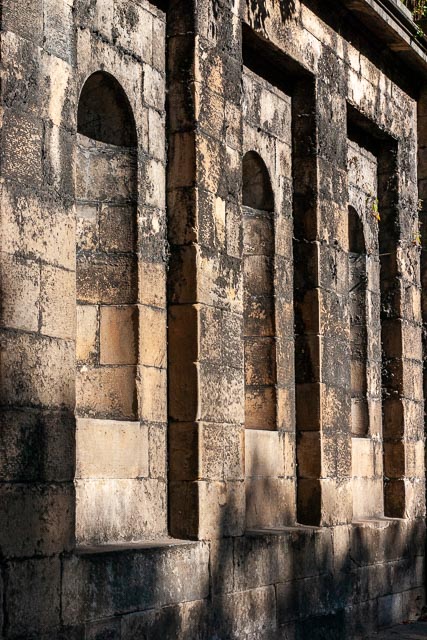
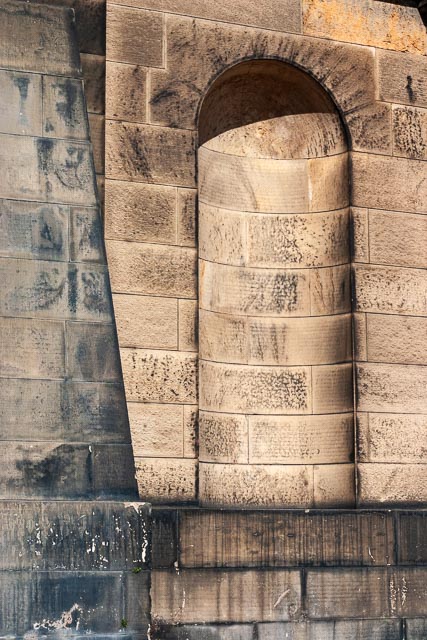
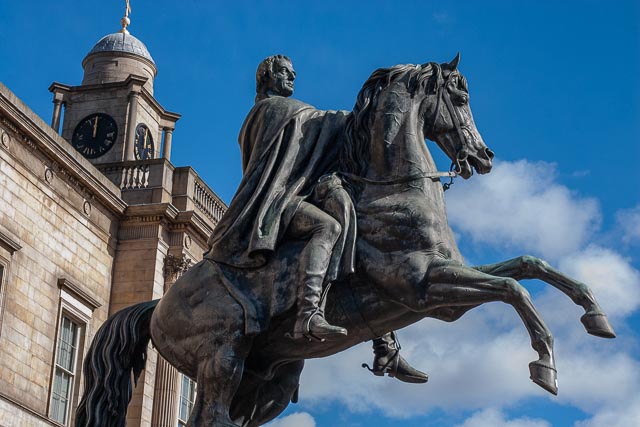
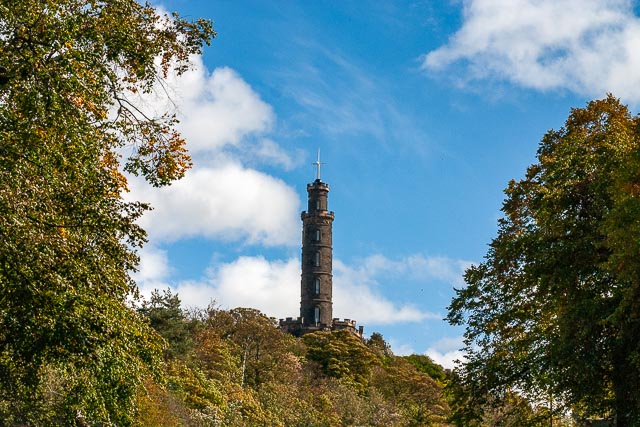
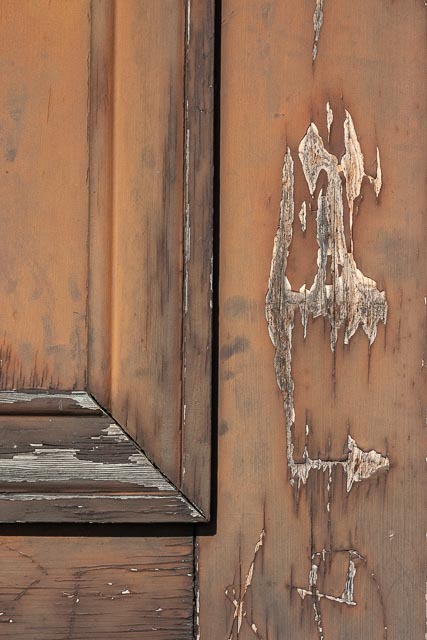
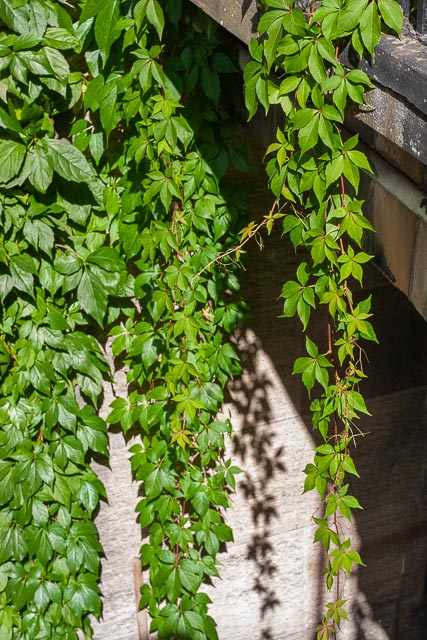
2003-06
The following photographs were all taken between 2003 and 2006 when this camera was my main camera. Over about 6000 photographs from a 3 year period I was able to pick out a more interesting collection of images! These images were taken with the 18-55mm EF-S kit lens, and the film era 28-105mm and 50mm f1.8 lenses from my Canon EOS 5. In the early 2000s I hadn't yet moved to Silver Efex 2 for most of my b&w conversions, so all the b&w images were converted in Photoshop. In fact all the colour ones will have been processed in Photoshop too. So I hope you enjoy a step back in time to the photography I was doing 20+ years ago!
